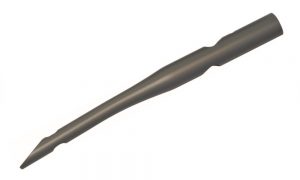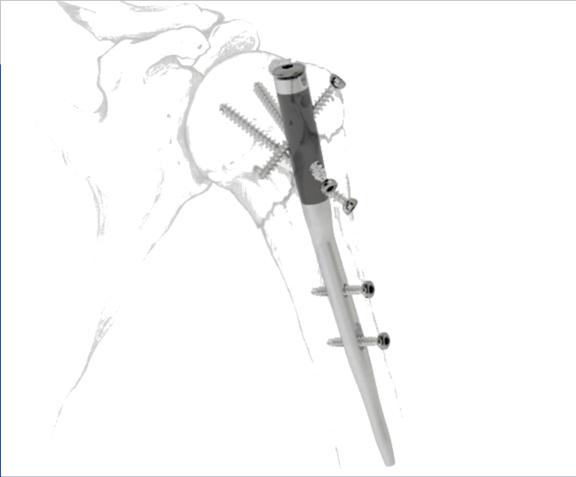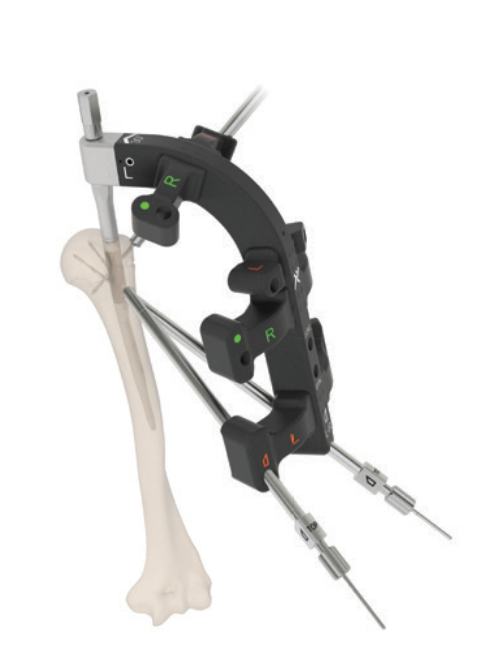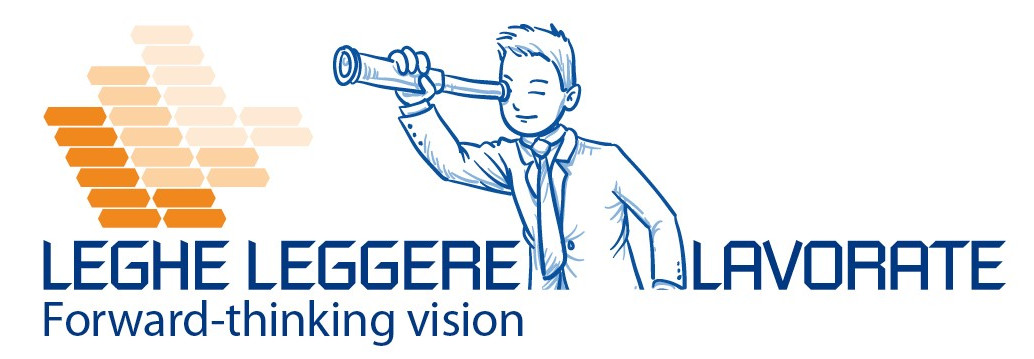As already mentioned in previous articles, bone tissue is mechanically very resistant.
Despite this, even the most resistant bones of our body can be damaged, if subjected to major shocks or traumatic events.
When there is a fracture of the long bones, a conservative approach is generally the most used way which involves immobilization using a plaster bandage.
When this procedure is not feasible due to the type of trauma, there are three ways:
- Stabilization with plates (of which we have already talked about ina previous article: https://www.legheleggere.com/orthopedic-plates-screws-production-test-lab-advantages-use/ )
- Stabilization with an external fixator
- Stabilization with intramedullary nails
In this article we will focus on the third method: the medullary nail.
Medical devices: What is an intramedullary nail?
What is an intramedullary nail?
The use of these nails is not so recent. In 1958 the AO ASIF (Association for the study of internal fixation) had formulated basic principles which, subsequently, became the guiding principles for internal fixation, and in particular for the application of intramedullary nails.
The shape, size and characteristics of these intramedullary nails are different depending on the bone that needs to be stabilized.
These nails allow the fixation of long bones by working from inside the bone itself, in the intramedullary area (from which derives their name).
In this article we will talk about intramedullary nails dedicated to the humerus.
Fractures of the proximal humerus represent about 4-5% of all fractures and occur most commonly in elderly patients. The goal of each treatment, including the use of intramedullary nails, is to achieve a good functional recovery of the shoulder in the absence of residual pain.
The fixation systems for such applications are many and for each of them there are advantages and possible complications.
Such as: failure of internal fixation of the screws or malunion or delay in consolidation of the fracture.

The solution is the use of intramedullary nails which are able to reduce complications as much as possible and ensure stable fixation (see image above).
These nails are usually made of titanium which is a biocompatible material.
As we know, there are products able to improve the basic product by enriching it with technology that can bring advantage of practical performance. These innovative and functional features have made the product more performing in certain situations. One of these, of which we are the suppliers, is the two-component intramedullary nail from LSM-MED (www.lsm-med.com).
This medullary nail has a unique feature: it consists of two basic materials.
The first able to provide mechanical strength, is titanium. The second is the CFR Peek, which is useful for the positioning of the screws for the creation of other advantages that we will see later,

How does the production of such a component take place, and what are its practical advantages?
Let’s start with the production aspect.
The nail the previous image is made of 90% titanium. Its production is done with the latest generation of turning centers, with devices designed to allow deep drilling on titanium bars. It isn’t certainly a simple processing.
After the turning phase, the intramedullary nails are bent to give them the shape suitable for being implanted inside the bone.
After this phase, the CFR peek is co-molded. The titanium nail is positioned inside the mold and the plastic material is over-molded.
But what are the practical advantages of this two-material intramedullary nail?
From the technical point of view, the advantages can be summarized as follows: positioning and angulation of the fixing screws not constrained by the pre-existing holes on the medullary nail.

As you can seen from the image above, the possibility of angulation during the surgical procedure is very useful as the bone break to be stabilized is not always the same.
Another important advantage is the angular stability of the proximal screws which realize this indispensable principle in orthopedic surgery, by locking into the plastic material
As you will surely have understood, also the surgical instruments to implant such technologically advanced product must be of high level.
For this reason we have designed and manufactured instruments dedicated to the surgical procedure of these intramedullary nails for humerus.

In addition to this primary function, it also fulfills a second fundamental requirement for this type of operation: the centering of the holes and the subsequent positioning of the locking screws. Also in this case, our experience in metal and plastic processing in the medical field has allowed us to create a technologically very advanced tool at not prohibitive costs for the sector.
For further information and to discover more about our company: https://rebrand.ly/LegheLeggereSEO

